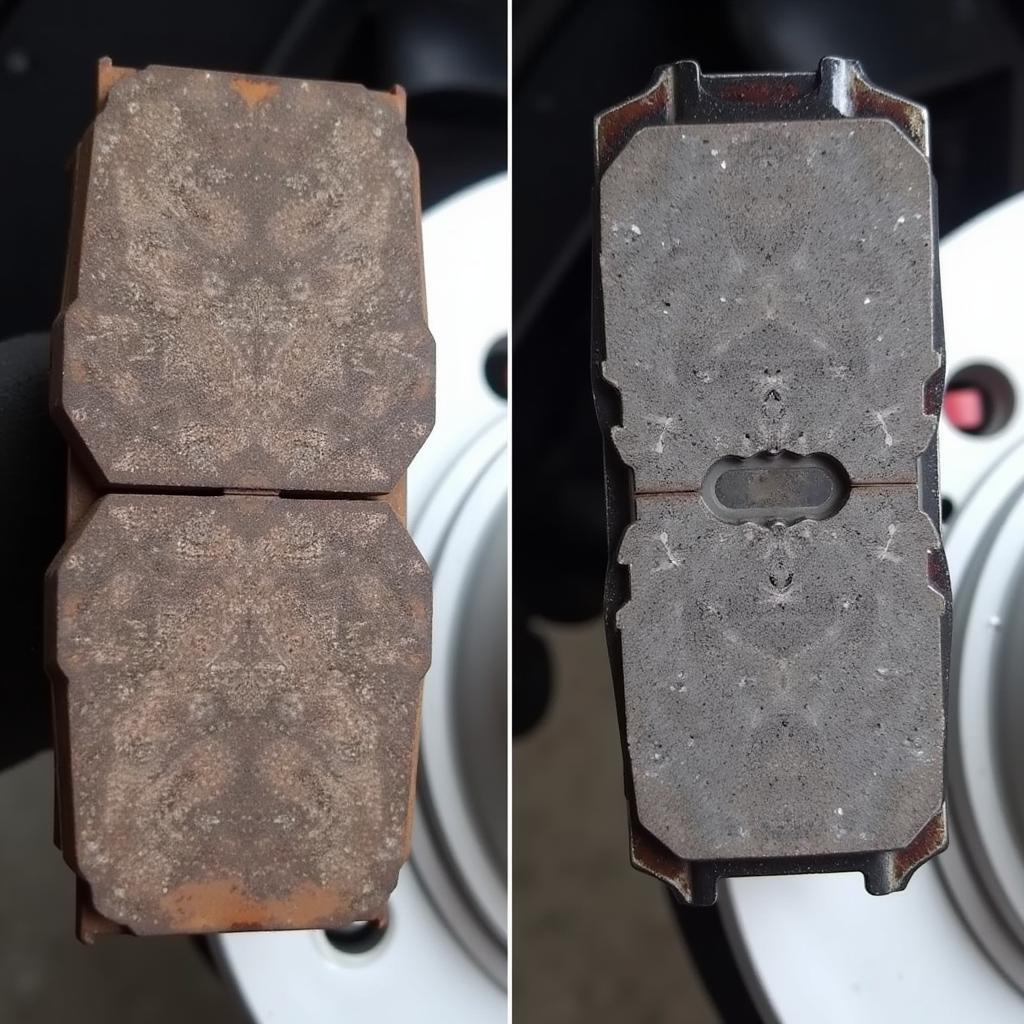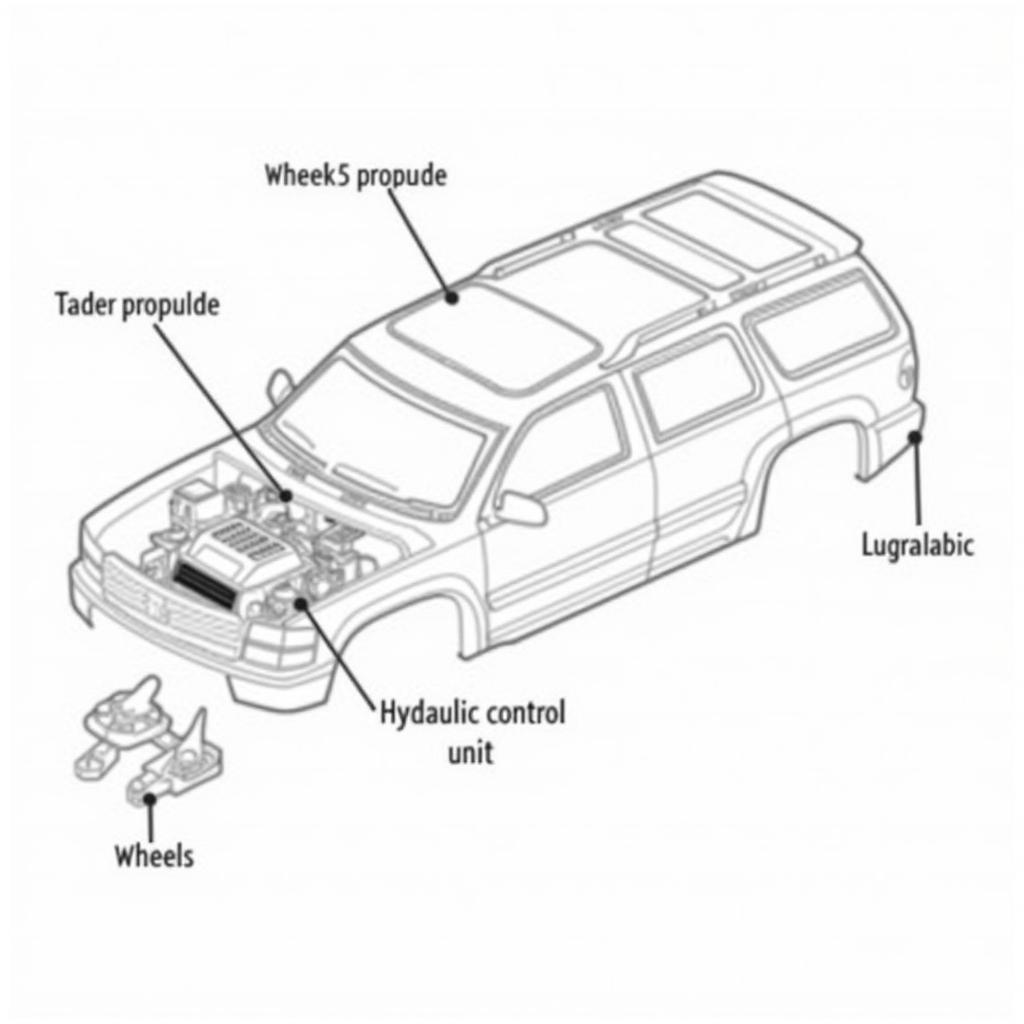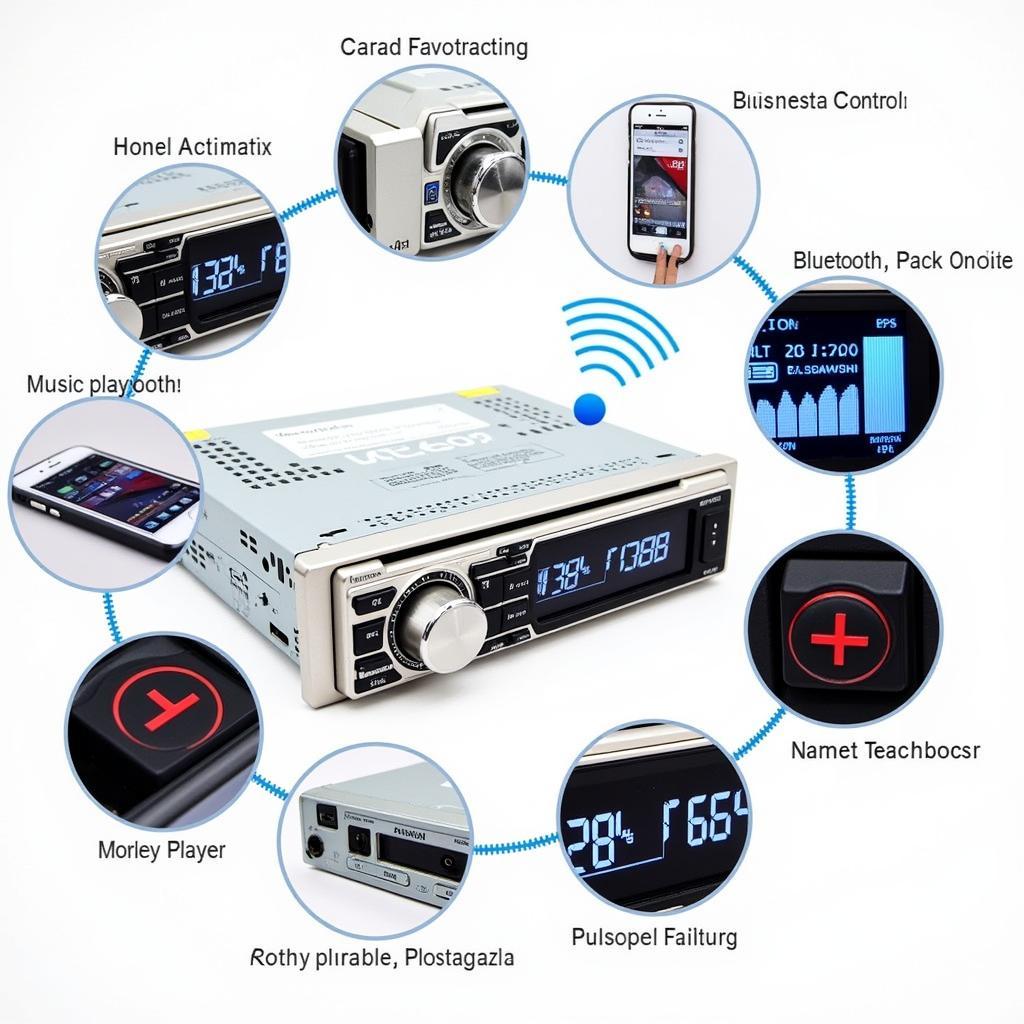If your 2003 GMC Yukon’s brake warning light is on, it’s a sign that your vehicle’s braking system requires immediate attention. Ignoring this warning light could lead to brake failure, putting you and others at risk. This comprehensive guide will walk you through the common causes of a 2003 GMC Yukon brake warning light and provide step-by-step solutions to help you diagnose and potentially fix the problem yourself.
Understanding Your GMC Yukon’s Brake Warning Light
The brake warning light, typically a red circle with an exclamation mark in the center, serves as your vehicle’s early warning system for brake-related issues. When illuminated, it indicates a problem with one or more components within your Yukon’s complex braking system.
Common Causes of a 2003 GMC Yukon Brake Warning Light
1. Low Brake Fluid Level
One of the most common culprits behind a brake warning light is low brake fluid. As brake pads wear down, the brake caliper pistons need to extend further to apply pressure to the rotors. This process consumes brake fluid, gradually lowering its level in the reservoir.
Solution:
- Check the brake fluid level: Park your Yukon on a level surface and locate the brake fluid reservoir, usually a translucent plastic container near the firewall on the driver’s side.
- Inspect the fluid level: If the fluid level is below the “MIN” mark, add the recommended brake fluid (check your owner’s manual) to the “MAX” line.
- Inspect for leaks: While adding fluid, carefully examine the area around the reservoir and brake lines for any signs of leaks. If you notice any leaks, it’s crucial to have them addressed by a qualified mechanic immediately.
2. Worn Brake Pads
Brake pads are designed to wear down over time. When they reach a certain level of wear, the brake pad wear sensor, a small metal tab embedded in the pad, comes into contact with the rotor, triggering the brake warning light.
Solution:
- Inspect the brake pads: If you suspect your brake pads are worn, you’ll need to visually inspect them. You can do this by removing the wheel and looking at the brake pads through the caliper’s opening.
- Replace the brake pads: If the brake pad material is less than 1/4 inch thick or you see the wear indicator contacting the rotor, it’s time for new brake pads.
 Worn Brake Pads on a 2003 GMC Yukon
Worn Brake Pads on a 2003 GMC Yukon
3. Faulty Brake Pad Wear Sensor
Although less common, a malfunctioning brake pad wear sensor can also trigger the warning light even if your brake pads have sufficient material remaining.
Solution:
- Test the brake pad wear sensor: A qualified mechanic can test the sensor’s functionality using a multimeter to check for continuity.
- Replace the faulty sensor: If the sensor is found to be defective, it will need to be replaced.
4. Issues with the ABS System
Modern vehicles like the 2003 GMC Yukon are equipped with an Anti-lock Braking System (ABS), a crucial safety feature that prevents wheel lock-up during hard braking. A problem within the ABS system, such as a faulty ABS wheel speed sensor or a malfunctioning ABS control module, can illuminate the brake warning light.
Solution:
Diagnosing and repairing ABS system issues typically require specialized diagnostic tools and expertise. It’s recommended to take your Yukon to a qualified mechanic, preferably one specializing in ABS systems, to diagnose and rectify the problem.
 Key Components of the ABS System
Key Components of the ABS System
Conclusion
A glowing brake warning light in your 2003 GMC Yukon should never be ignored. It’s a crucial safety indicator that demands prompt attention. While some causes, like low brake fluid or worn brake pads, can be addressed with basic maintenance, others, particularly those related to the ABS system, require professional expertise. Don’t compromise on safety – if you’re unsure about diagnosing or repairing your Yukon’s brake system, seek help from a qualified mechanic immediately.

